According to Leigh Ann Davis, Program Manager, Justice Initiatives, The Arc, there are ways to spot hidden disabilities. However, time and patience is required by the peace officer when split second decisions may need to be made. Leigh Ann wrote the following suggestions to look deeper and slow down.
 “How Police Officers Can Spot HIDDEN DISABILITIES: TWO STEPS—Look deeper and slow down
“How Police Officers Can Spot HIDDEN DISABILITIES: TWO STEPS—Look deeper and slow down
Once disabilities are identified, officers are much more likely to take steps leading to safe and successful outcomes for all concerned. Officers can remember these two steps next time they encounter a person with hidden disabilities:
1. Look deeper: Hidden disabilities are identified by behavior, not appearance. Examples include intellectual and developmental disabilities (I/DD), autism, or fetal alcohol spectrum disorder (FASD)
Common traits of people with hidden disabilities include the following:
- Pretending to understand when they do not
- Strong desire to please authority figures
- Wanting to hide disability from others
- Sensitive to touch, sounds, and lights
- Anxious/nervous appearance or self-stimulation like hand flapping/rocking
- Lack of impulse control leading to explosive episodes
- Vulnerable to peer pressure and poor judgment
- Difficulty with eye contact and responding to commands
- Cannot understand legal concepts or Miranda rights
2. Slow down:
Officers may prevent potential crisis by trying these strategies:
- Get your supervisor/support staff to the scene
- Call the person’s support staff/advocate
- Avoid confrontational tactics—boxing in or staring will not work
- Speak in a normal, calm, non-confrontational tone
- Avoid touching or unnecessary restraint
- Avoid overreliance on weapons
- Do not question the person without an advocate
 Ask Yourself:
Ask Yourself:
- What is really going on here?
- How could disability be playing a role?
- Whom can I call for support or assistance?
To learn more about this topic, contact the National Center on Criminal Justice and Disability (NCCJD). NCCJD’s goal is to build the capacity of the criminal justice system to respond to gaps in existing services for people with disabilities, focusing on people with I/DD who remain a hidden population within the criminal justice system with little or no access to advocacy supports or services. Police officers and other first responders are key to ensuring positive outcomes for people with I/DD and their families. To learn more about NCCJD, request assistance with a specific case or training, visit NCCJD’s website.”






 Yes, there is a
Yes, there is a 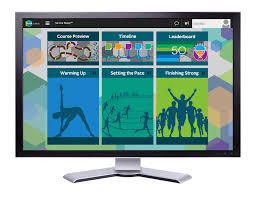 The U.S. Department of Labor has published a fact sheet. This
The U.S. Department of Labor has published a fact sheet. This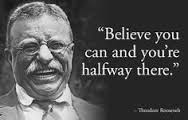
 The Federal Government requires that electronic and information technology be made accessible to people with disabilities, but does this include both visible disabilities and hidden disabilities? Yes, it does. Instructional designers should consider both visible disabilities and
The Federal Government requires that electronic and information technology be made accessible to people with disabilities, but does this include both visible disabilities and hidden disabilities? Yes, it does. Instructional designers should consider both visible disabilities and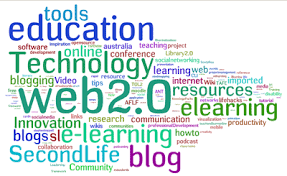 Section 508
Section 508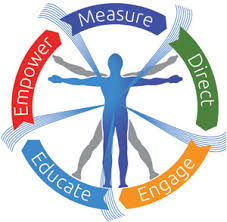
 “How Police Officers Can Spot HIDDEN DISABILITIES: TWO STEPS—Look deeper and slow down
“How Police Officers Can Spot HIDDEN DISABILITIES: TWO STEPS—Look deeper and slow down

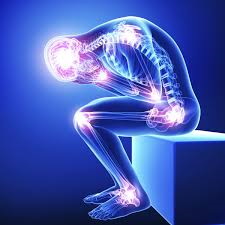 When an individual chooses to
When an individual chooses to